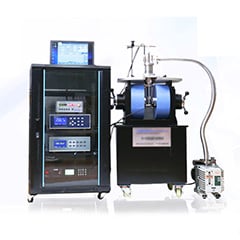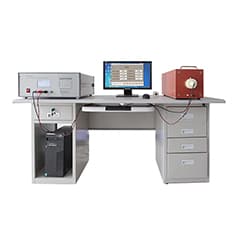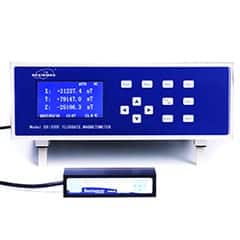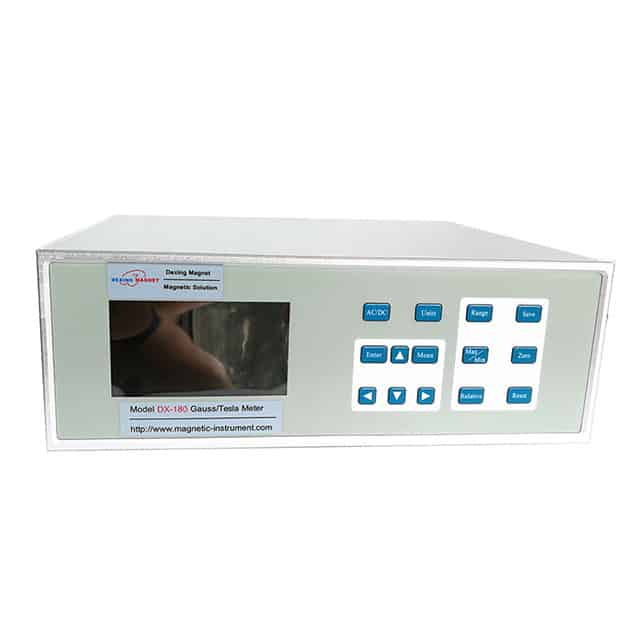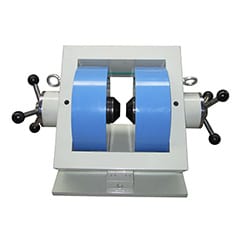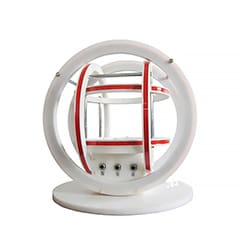products categories
Download
contact us
- If you have questions, please contact us, all questions will be answered
- Tel : 18030236818
- Fax : +86-592 5237901
- Email : dexing@china-dexing.com
hot products
Hall Effect Measurement System
Principle of permanent magnet material measurement system
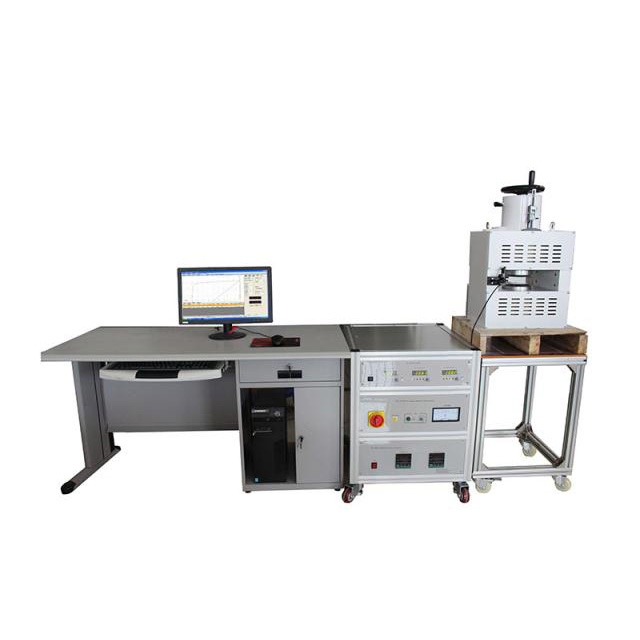
1. permanent magnet measurement Definition
Measurement of various magnetic parameters reflecting the magnetic properties of permanent magnet materials. Also known as hard magnetic material measurement. It is one of the contents of magnetic quantity measurement.
2. permanent magnet measurement Measurement object
Permanent magnet materials generally refer to magnetic materials with coercive force c>1000A/m, mainly including tungsten steel, chromium steel, AlNiCo alloy, permanent magnet ferrite, rare earth permanent magnet alloy and composite permanent magnet materials.
3. permanent magnet Measurement method
When measuring permanent magnet materials, they are mostly made into regular (cylinder, square) permanent magnets. When measuring the magnetic properties of permanent magnet materials, it is required to provide a magnetizing magnetic field with a high magnetic field strength. The measurement of permanent magnet materials mainly measures the part of the hysteresis loop in the second (or fourth) quadrant, that is, the part between the residual magnetic flux density b and the coercive force-c, also known as the demagnetization curve. Let the coordinates of each point on this curve be d and d, then the product of d and d is called the magnetic energy product, and the relationship between dd and d is called the magnetic energy product curve. The b, c and ( ) of these two curves are the three most important magnetic parameters of permanent magnet materials.
4. permanent magnet measurement Sample preparation
When measuring the magnetization curve of a permanent magnet material, the sample is usually made into a cylindrical body with a circular section or a square section, generally with a cross-sectional area of 10mm and a length of not less than 20mm. The remanence of the magnetic pole will affect the measurement results of sample b, and the shorter the sample, the greater the effect. Therefore, the samples are made as long as possible under the condition that the magnetization ability allows.
5. permanent magnet Measuring principle
Figure 2 is a schematic diagram of the structure of the magnetic pole of the permeameter, the sample and the measuring coil during measurement. The coil for measuring the magnetic flux density in the sample is wound in the middle of the sample, and the coil for measuring the magnetic field strength in the sample is placed on the side of the sample (that is, a magnetic potentiometer, see magnetic field measurement). The combined sample and measuring coil are sandwiched between the fixed magnetic pole and the movable magnetic pole of the permeameter to form a closed magnetic circuit. When measuring with an impact method device for measuring static magnetic properties, the measuring coil and the fluxmeter are all connected to a fluxmeter or an impact galvanometer. If an automatic recorder is used, two integrators are required, one is connected to the measuring coil circuit, and the other is connected to the measuring coil circuit, so as to obtain the change of magnetic flux from the induced electromotive force of the coil, so as to calculate the result.
6. Rare earth permanent magnet measurement
For permanent magnet materials with high intrinsic coercivity such as rare earth cobalt, NdFeB, etc., a solenoid capable of generating a pulse field strength of about 10A/m should be used to pre-charge the sample under thermal demagnetization before measurement. magnetic, and then put it into the permeameter to measure.








